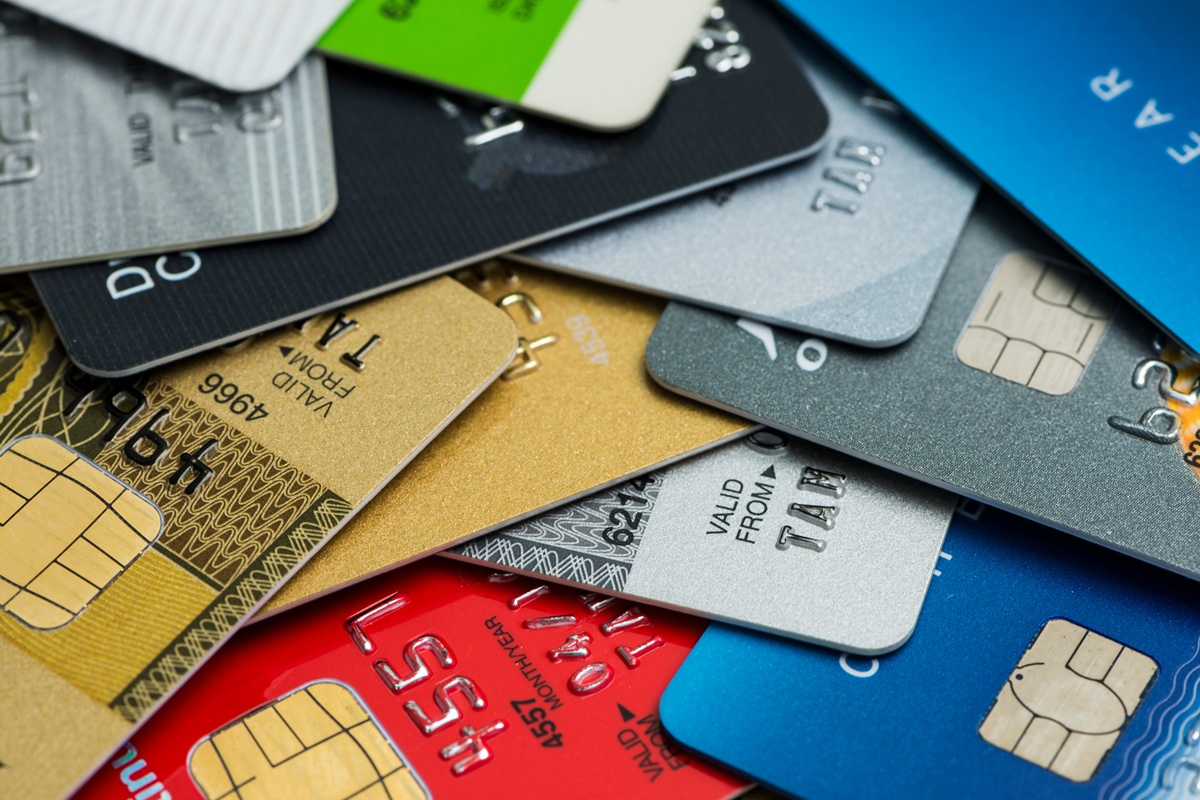October 27, 2025
Is Cash on Its Way Out?

The idea of a cashless America is no longer far-fetched. According to the Interledger Foundation’s new report, A Cashless Country and the Future of Banks – Consumer Perspectives, just over half of Americans (51%) say they would be willing to abandon paper money altogether. Yet, a generational split reveals that younger consumers, often assumed to be the most digitally progressive, are among the most cautious.
The survey, conducted by Dynata on behalf of the Interledger Foundation, found that 51% of Gen Z consumers want to hold onto cash, primarily due to privacy and fee concerns.
While digital payments continue to grow, many in this group remain wary of how much data they share and how much they pay to move their money. The hesitation represents a crucial challenge for financial institutions and digital payment providers alike: earning trust in an increasingly transparent world.
Rethinking What a “Bank” Is
The report also shows that Gen Z doesn’t necessarily associate banking with traditional institutions.
Only 56% of Gen Z respondents recognised JPMorgan Chase as a bank, while half said the same about digital platforms like Cash App, despite their lack of FDIC insurance. Across all generations, 64% classified JPMorgan Chase as a bank, and 31% considered Cash App or Chime as one.
Briana Marbury, President & CEO of the Interledger Foundation, said: “Consumers’ willingness to move away from cash and the blurring lines between traditional banks and digital payments providers reveal the need for safe and affordable digital payments infrastructure across the US. By paying attention to preferences, concerns and openness to change, it’s clear that there’s room in the market for open payments solutions that meet consumers’ evolving digital banking and payments needs.”
Cash Is King in Rural Areas
Location and income further influence attitudes toward a cashless future. Urban residents are more receptive, with 58% willing to go entirely cashless, compared to 40% in rural areas. Higher earners are also more open: 56% of people making $150,000 or more per year express willingness, while only 42% of those earning less than $50,000 feel the same.
While the momentum toward digital payments is strong, a cashless future is far from uniform. Consumer confidence will hinge on addressing privacy concerns, keeping fees low, and maintaining trust in the institutions handling their money.
Convenience alone may no longer be enough to maintain loyalty, especially as younger consumers increasingly blur the line between banks and digital platforms. Whatever their age is, more payment options are the way to go.
